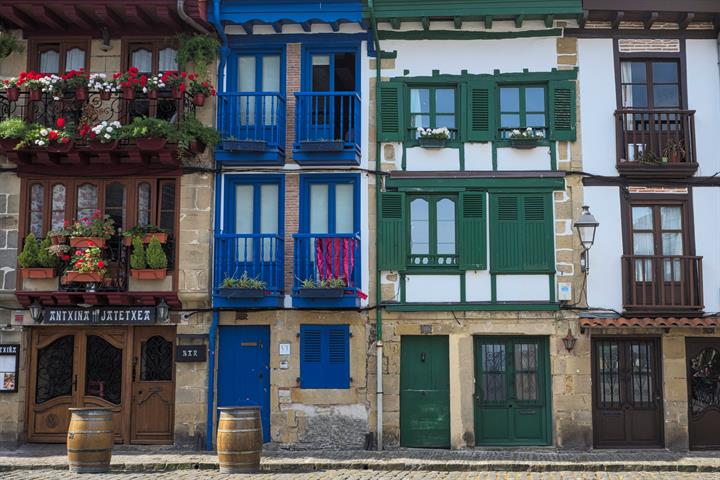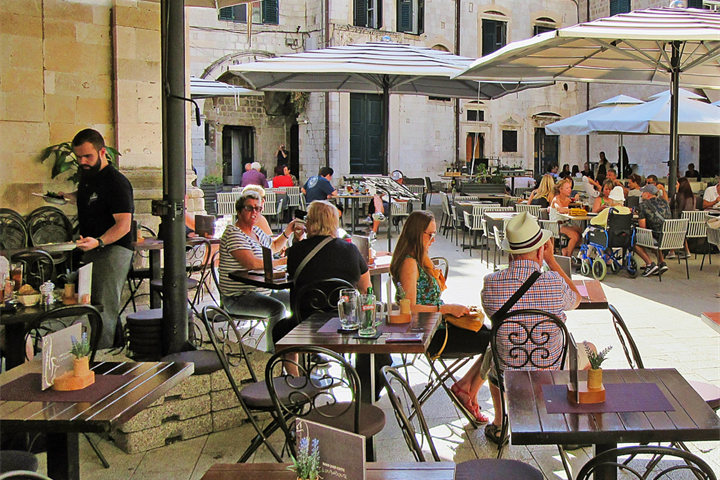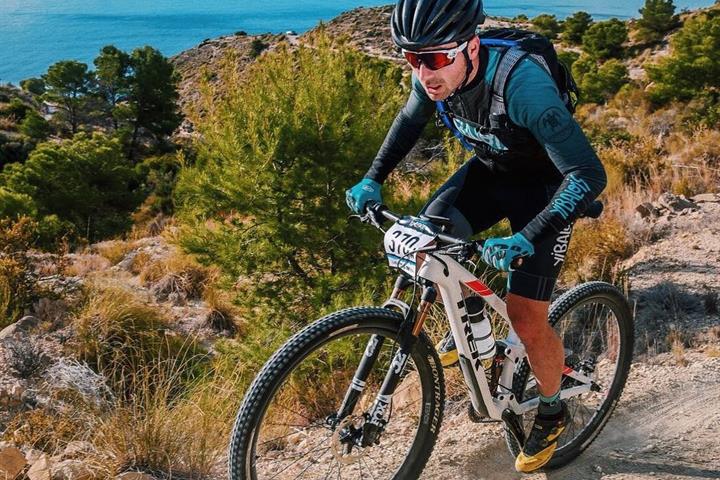Huesca rejseinformation og video
Rejseinformation, fakta, billeder og video om Huesca
Udvalgte ferieboliger i Spanien
Hvad skal du lave i ferien?
Spændende steder I kan besøge i Huesca
Anmeldelser af Huesca
Gennemsnit af vurderinger - Baseret på 17 anmeldelser.
By
| By: |
Sendt af: CHARLES SELS
27. aug 2019
Denne anmeldelse er på engelsk
Denne anmeldelse er på engelsk
Anmeld misbrug
Du har anmeldt misbrug
| By: |
Sendt af: Ana Kosoy
16. aug 2019
Denne anmeldelse er på engelsk
Denne anmeldelse er på engelsk
Anmeld misbrug
Du har anmeldt misbrug
| By: |
Sendt af: Jacqueline Weijer
11. aug 2019
Denne anmeldelse er på engelsk
Denne anmeldelse er på engelsk
Anmeld misbrug
Du har anmeldt misbrug
| By: |
Sendt af: Hewa Ali
6. maj 2018
Denne anmeldelse er på spansk
Denne anmeldelse er på spansk
Anmeld misbrug
Du har anmeldt misbrug
| By: |
Sendt af: Joris de Boer
5. nov 2017
Denne anmeldelse er på engelsk
Denne anmeldelse er på engelsk
Anmeld misbrug
Du har anmeldt misbrug
| By: |
Sendt af: PARMENTIER
8. okt 2017
Denne anmeldelse er på spansk
Denne anmeldelse er på spansk
Anmeld misbrug
Du har anmeldt misbrug
| By: |
Sendt af: Sarah Evans
29. aug 2017
Denne anmeldelse er på engelsk
Denne anmeldelse er på engelsk
Anmeld misbrug
Du har anmeldt misbrug
| By: |
Sendt af: Willem-Jan Kaak
20. aug 2017
Denne anmeldelse er på hollandsk
Denne anmeldelse er på hollandsk
Anmeld misbrug
Du har anmeldt misbrug
| By: |
Sendt af: Richard Johnson
24. aug 2016
Denne anmeldelse er på engelsk
Denne anmeldelse er på engelsk
Anmeld misbrug
Du har anmeldt misbrug
| By: |
Sendt af: Marloes van Vliet
1. jul 2016
Denne anmeldelse er på hollandsk
Denne anmeldelse er på hollandsk
Anmeld misbrug
Du har anmeldt misbrug
| By: |
Sendt af: Christian Singer
24. jun 2016
Denne anmeldelse er på tysk
Denne anmeldelse er på tysk
Anmeld misbrug
Du har anmeldt misbrug
| By: |
Sendt af: Bebre Kristine
22. jun 2016
Denne anmeldelse er på engelsk
Denne anmeldelse er på engelsk
Anmeld misbrug
Du har anmeldt misbrug
| By: |
Sendt af: Toon y Elly
18. sep 2015
Denne anmeldelse er på engelsk
Denne anmeldelse er på engelsk
Anmeld misbrug
Du har anmeldt misbrug
| By: |
Sendt af: Rougier Nadine
23. aug 2015
Denne anmeldelse er på fransk
Denne anmeldelse er på fransk
Anmeld misbrug
Du har anmeldt misbrug
| By: |
Sendt af: Anna
30. jul 2014
Denne anmeldelse er på engelsk
Denne anmeldelse er på engelsk
Anmeld misbrug
Du har anmeldt misbrug
| By: |
Sendt af: Heather wallace
22. jun 2012
Denne anmeldelse er på engelsk
Denne anmeldelse er på engelsk
Anmeld misbrug
Du har anmeldt misbrug
| By: |
Sendt af: Jos Loeckx & Hilde Deprez
26. jul 2011
Denne anmeldelse er på hollandsk
Denne anmeldelse er på hollandsk
Anmeld misbrug
Du har anmeldt misbrug






